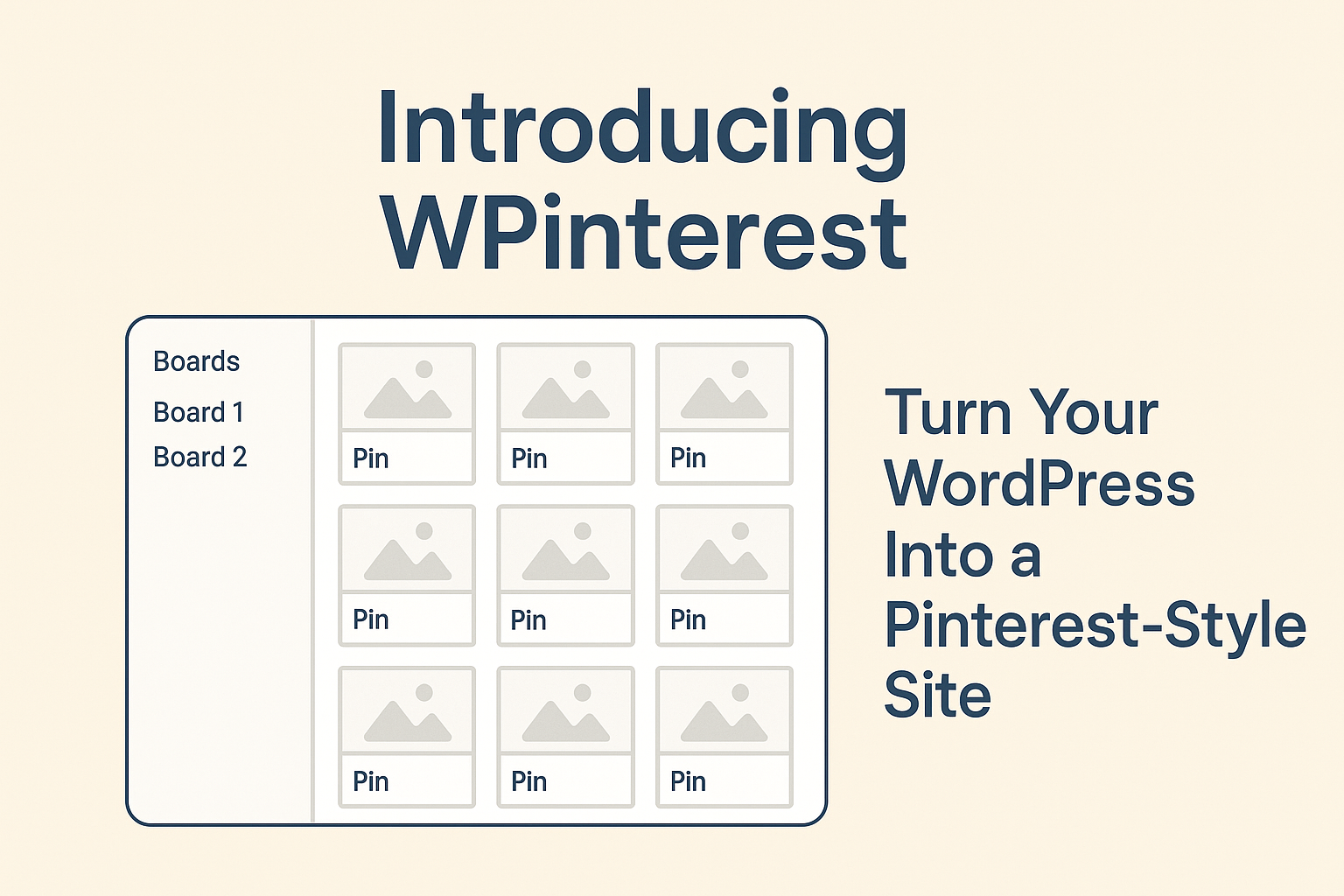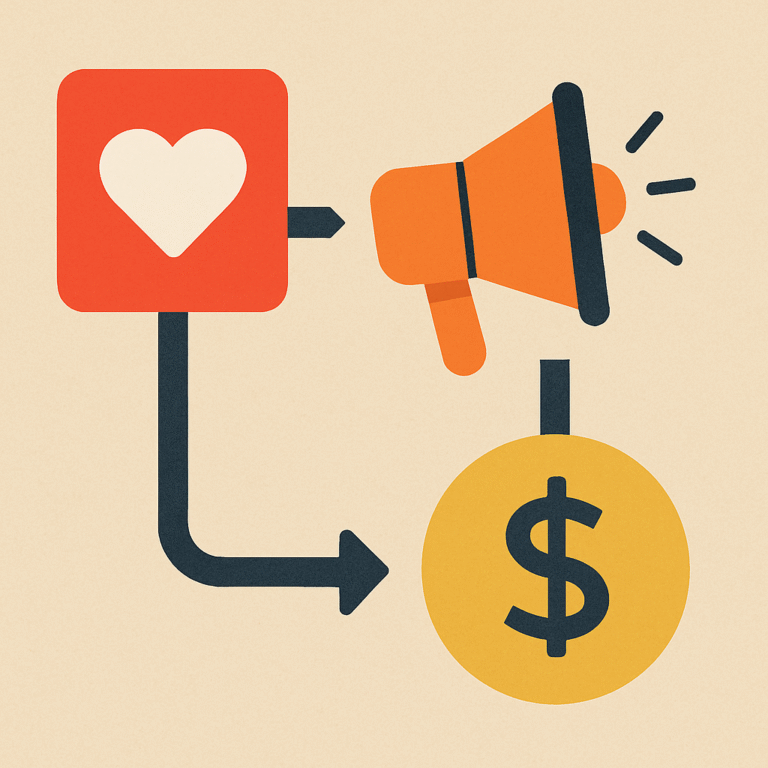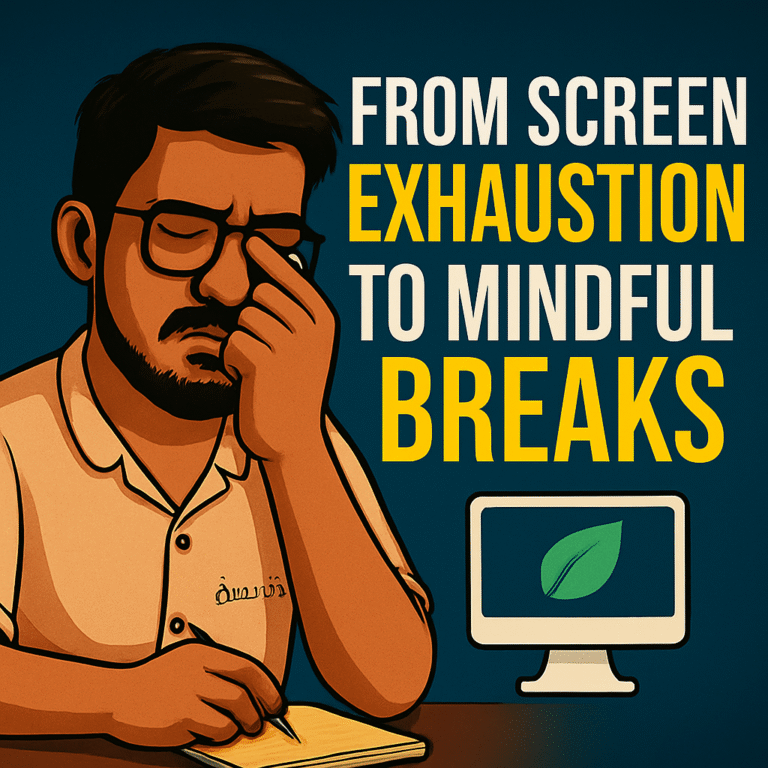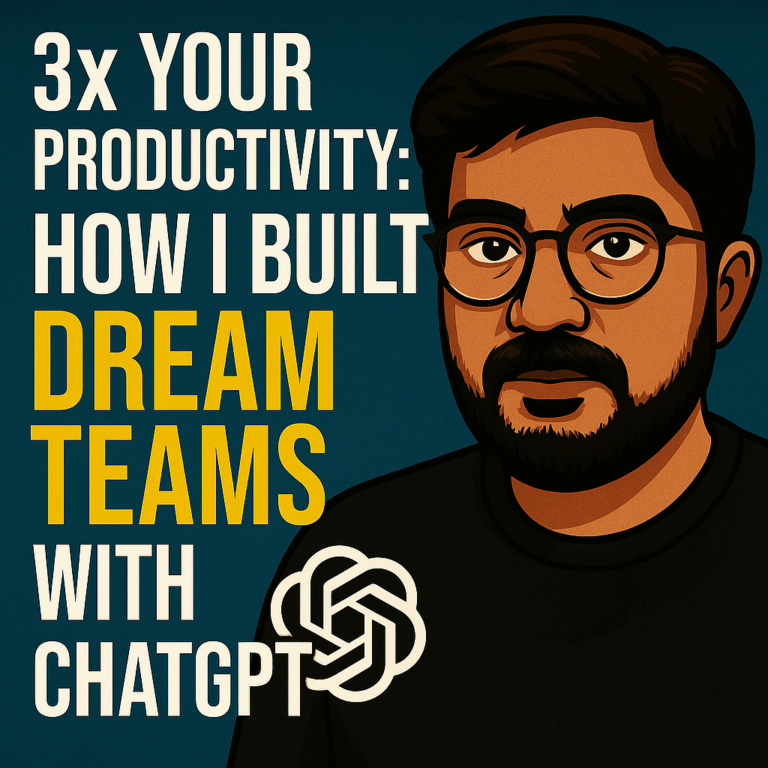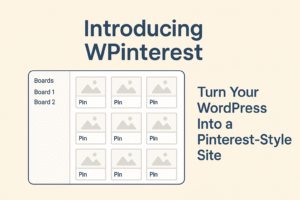Ever wondered why some apps, games, or even tasks feel so addictive… while others feel boring or like a chore? One Word Answer : Gamification.
I recently came across the book Actionable Gamification by Yu-kai Chou, and I’m currently reading it. It talks about how game design principles can be used in real life to motivate people — in apps, learning, marketing, even personal goals.

Before I dive deep into the book, I wanted to simplify the basics — for myself, and for anyone else who’s curious. So I decided to break down the 8 Core Drives .
Let’s go!
💠 CD1: Epic Meaning & Calling
“I’m doing this because it matters.”
You feel like you’re part of something bigger than yourself.
- 🧠 Real Life: Contributing to Wikipedia for free, just to help others.
- 🕹️ Game: Fighting to “save the world” in a story-based game.
This is where purpose lives. People don’t need rewards when they believe in the mission.
🥇 CD2: Development & Accomplishment
“I want to win, grow, and feel proud.”
You feel good when you achieve something — especially after a challenge.
- 🧠 Real Life: Getting a Duolingo badge for a 7-day streak.
- 🕹️ Game: Winning a tough boss battle and getting a shiny medal.
⚠️ Note: Points and badges only work if they’re earned — not just given.
🎨 CD3: Empowerment of Creativity & Feedback
“Let me try things, see what works, and make cool stuff.”
You’re most engaged when you can create, experiment, and get feedback.
- 🧠 Real Life: Posting your drawing on Instagram and seeing likes.
- 🕹️ Game: Designing your dream castle in Minecraft.
Creativity + instant feedback = endless engagement.
💼 CD4: Ownership & Possession
“It’s mine — and I care about it.”
We value what we own. We want to grow and protect it.
- 🧠 Real Life: You care more about your garden because you planted it.
- 🕹️ Game: You upgrade your own pet or weapon because it’s yours.
This also explains why we save money, collect NFTs, or love personalized things.
👥 CD5: Social Influence & Relatedness
“I want to be part of the group — and maybe stand out.”
Humans are social. We want to belong, be seen, and sometimes, compete.
- 🧠 Real Life: You want a new phone because your friend has it.
- 🕹️ Game: You join a guild or try to beat your friend’s high score.
Teamwork, peer pressure, mentorship, nostalgia — all live here.
⏳ CD6: Scarcity & Impatience
“I want it more… because I can’t have it right now.”
When something is locked, rare, or time-limited, we crave it more.
- 🧠 Real Life: You refresh your browser to grab concert tickets before they sell out.
- 🕹️ Game: “Come back in 4 hours to open your free treasure chest.”
Scarcity creates urgency. It works because you can’t get it now.
❓ CD7: Unpredictability & Curiosity
“What’s going to happen next?”
We get hooked when we don’t know what’s coming.
- 🧠 Real Life: You binge Netflix all night to see what happens next.
- 🕹️ Game: Opening a loot box — “Will I get the rare dragon?”
⚠️ Warning: This core drive powers both curiosity and gambling addiction. Handle with care.
😨 CD8: Loss & Avoidance
“I don’t want to lose what I already have.”
Fear is a strong motivator. Especially the fear of losing progress.
- 🧠 Real Life: You study hard so you don’t fail the exam.
- 🕹️ Game: You log in daily so you don’t lose your 30-day streak.
Pain avoidance often works stronger than reward.

Final Thoughts
These 8 Core Drives are not just for game designers — they’re for teachers, marketers, app developers, creators, and leaders.
They help us understand:
✅ Why we’re hooked to some things
🚫 Why we quit others
⚙️ How to design better systems, products, or habits
Thanks to Yu-kai Chou for this powerful mental model. If you want to learn more, check out his book Actionable Gamification.

